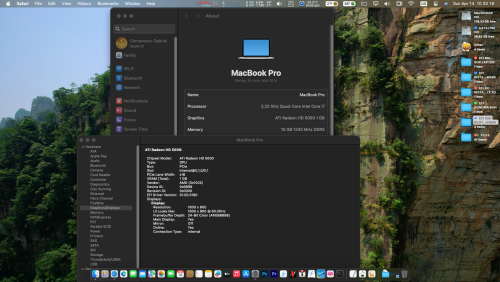Good news for those on the virtualization front, Parallels has released a final version of Parallels Desktop for Mac, after months of eager testing by users. Offering high performance taking advantage of the virtualization features built into the Core processors, it allows users to run various operating systems, inlcuding Windows and Linux, at the same time as native OS X, similar to VMWare software. It's currently availible for an introductory price of $49.99 for 30 days. Registration gets you a free 15-day trial. After an exciting beta test, hopefully this will offer a nice Windows in OS X experience.










Recommended Comments